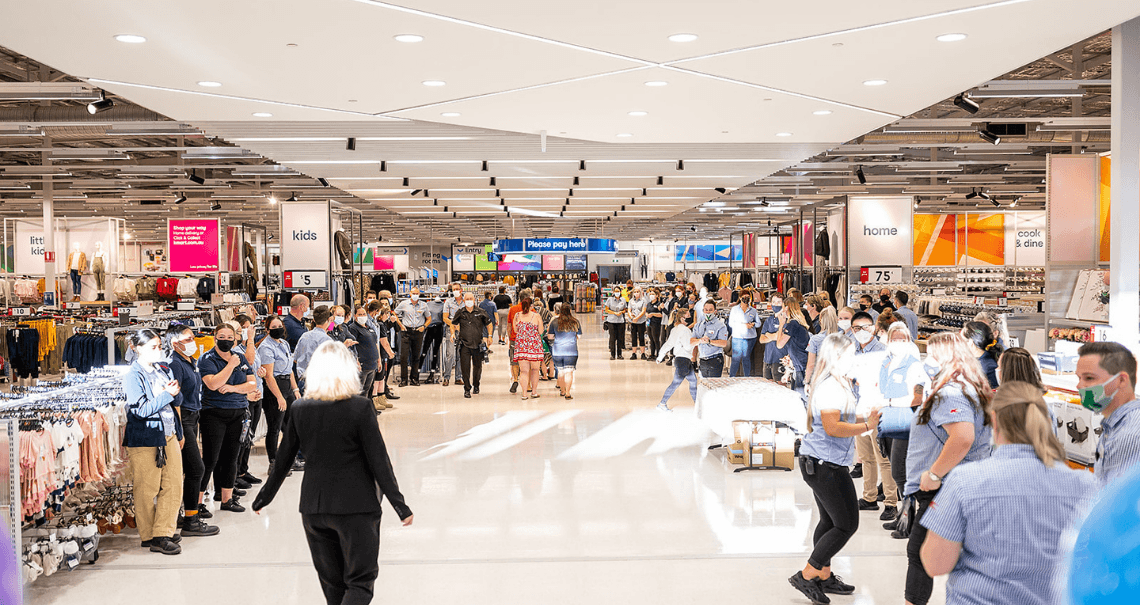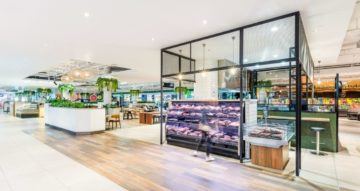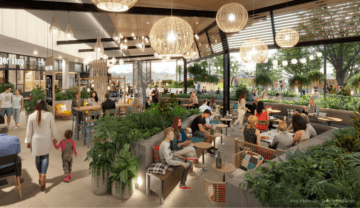Why Retailers with Bricks as well as Clicks outperform the competition.
The viability of physical retail stores has been a hot topic ever since the popularity surge of online shopping. The global pandemic and international lockdowns led many commentators to speculate that bricks and mortar retail was on the brink of disaster.
However, data from the ABS shows that online buying has continued to lose momentum since the peak of COVID-19, with spending down $1 billion month on month since its peak in August 2020.
DMA Partners Managing Director Ryan Andersen said the bricks and mortar retailers who would succeed beyond the pandemic recognised early that things needed to change.
“The old formula for retail isn’t relevant anymore, and simply won’t work going forward,” he said.
“Customers are demanding a vastly improved in-person experience, which means every retailer should be prioritising ways to create innovative and unique environments for their shoppers.
“Of course, bricks and mortar retail is a very localised product, and while the media seem to use the blanket term ‘retail’ to categorise all forms of physical centres, there are many types and there are many markets – all with their own challenges and opportunities – with most firing up again despite the pandemic.”
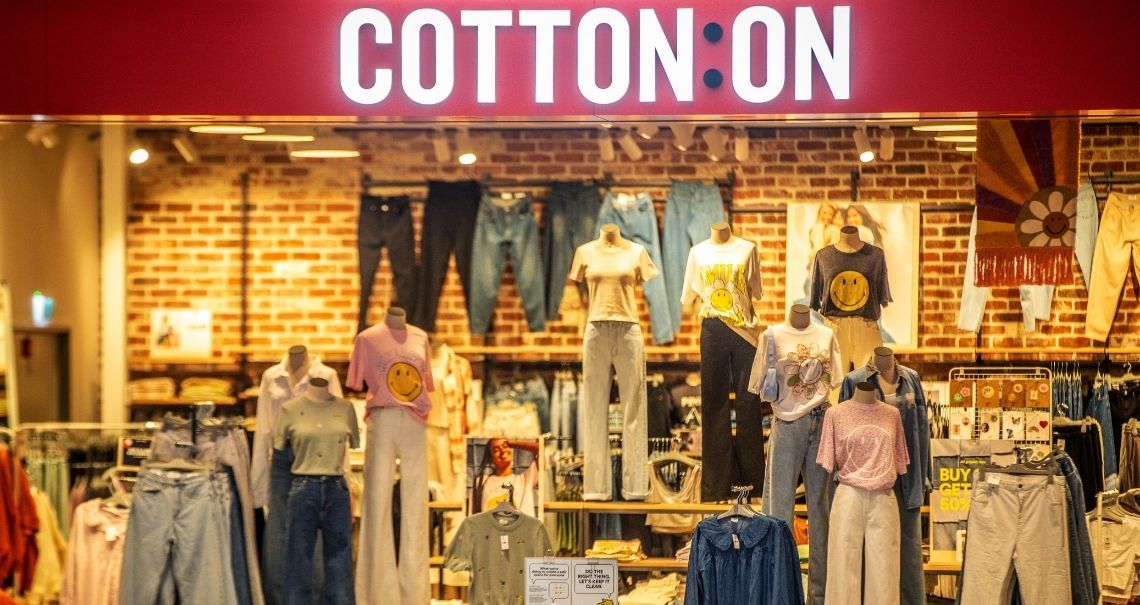
Digital disruption
The rise of ecommerce doesn’t foreshadow the end of the physical store, but rather shifts the focus of bricks and mortar to meet the evolving preferences, expectations and shopping behaviours of the modern customer.
Andersen says digital retail has certainly disrupted the way consumers shop, but it lacks the personal service and experience that human-led retail represents.
“Digital shopping offers a new convenience, but physical stores are still proving necessary to drive high conversion rates and increase average purchase values,” he said.
“It’s the research online-buy offline approach that is boosting revenue for stores that have both a physical and digital presence.
“What’s more, digital has served to cause change and many retail centres are capitalising on the opportunity – with investors falling over themselves to acquire them.”
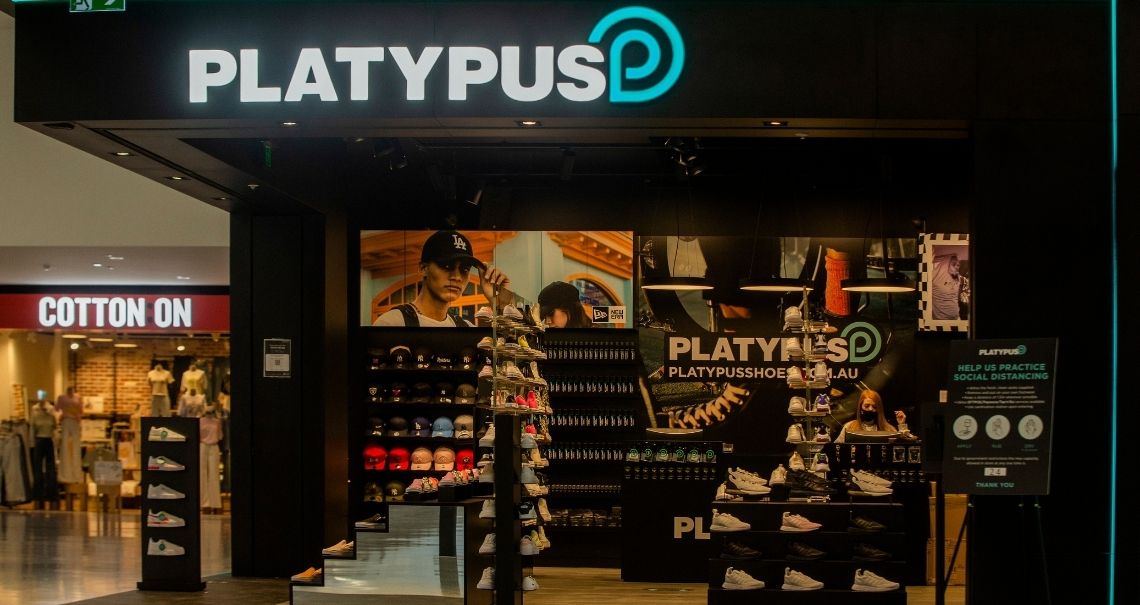
An opportunity not to be missed
Comac Retail Property Group Managing Director Michael Haddrick said it was important not to assume change was always negative.
“The ability of retailers and retail centres to pivot through the pandemic has been remarkable,” Mr Haddrick said.
“Food catering growth has been phenomenal for those operators that were able to adjust and leverage third party retailers, Uber Eats and Deliveroo. We’ve also seen growth in Supermarket and fresh food sales as we rediscover the joy of cooking as a form of entertainment through lock downs.
It is up to the industry to adjust its modelling, turnover clauses and definitions accordingly to cater for the economic shift.
“Importantly, the biggest change is not a change at all. We are social beings and crave interaction, experiences and the tactile nature of retail. Covid has taught us to not take this for granted. A discussion with your waiter – what a luxury!”
In order to survive in this market, centres need to understand where they sit within their hierarchy and tailor it to suit the catchment.
“You need to know your demographic and lease, manage and market your centre with quality, experienced professionals,” Mr Haddrick said.
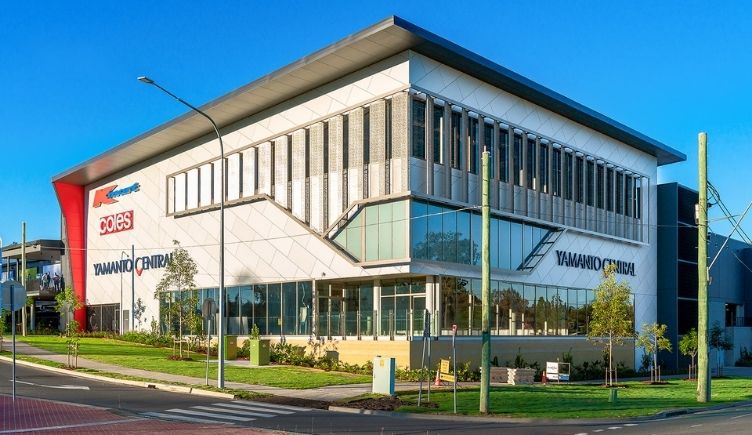
Amazon threat is overblown
The rise and rise of Shopify, Amazon and other online ‘multi-department store concept’ retailers are working hard to convince customers to put their trust in products they have never touched before.
Whilst it’s a complex comparison that can depend on a range of variables, generally speaking, purely online retailers traditionally have taken a longer road to profitability than their bricks and mortar equivalents, generally speaking.
It was nine years before Amazon turned a profit in the United States, and it’s still currently making a loss in Australia. Despite significant sales growth in recent times, The Iconic is also yet to turn a profit.
In the United States a few years ago, bookstore chain Barnes and Noble was struggling to keep up with the book sales made by tech giant, Amazon. By offering interactive events with authors, greater diversity in product offerings and exclusive signed copies of books, the retailer managed to entice customers back into its stores.
“First of all, you need to have a reliable brand, with products that continue to appeal to your key demographic,” Andersen says.
“Secondly, the in-store experience needs to be a pleasurable, memorable and even educational one, to ensure people will make the effort to return and that they will also recommend it to family and friends.
“And last of all, retail centres must remain laser focused on meeting their market and repositioning when the market share or turnover reduces so they can keep up with the complexity of retail shopping in a digital market.”
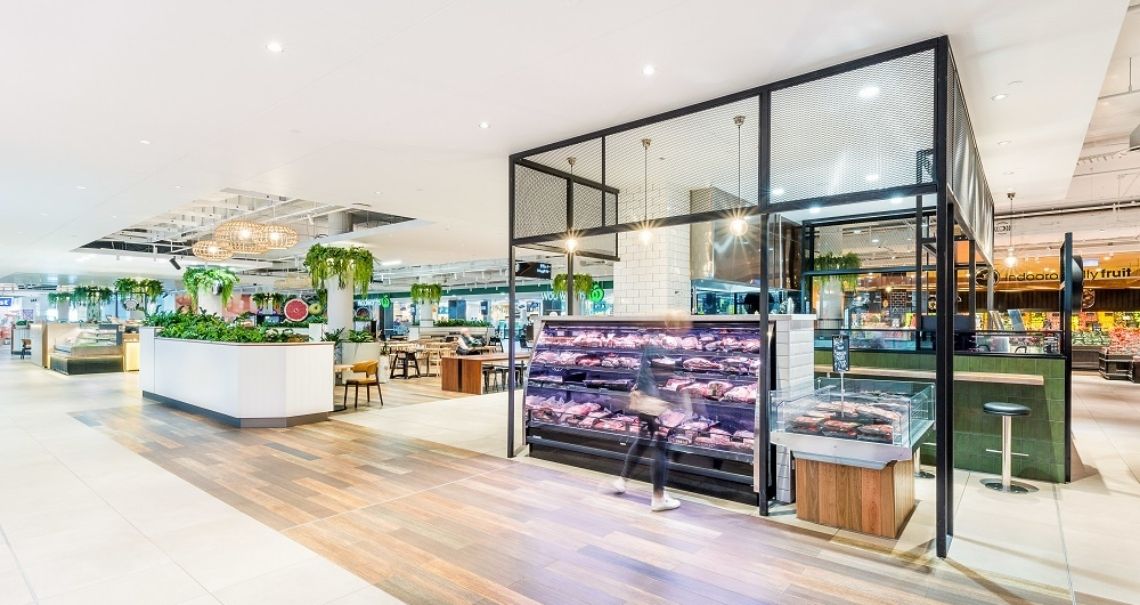
Business ethos play
A large part of the move from an online-only retailer to introducing bricks and mortar stores is an ode to branding, business ethos and visibility.
“Stores are no longer simply a location that sells a product, but a destination that sells a brand and that brand’s story and experience,” Andersen says.
The explorable and ‘Instagrammable’ stores create an organic loop of content and attention that continues to feed into itself.
Customers want clicks and bricks
Andersen believes we will see digital and physical channels continue to converge to allow customers to move seamlessly between the digital and physical.
Global trade association, the International Council of Shopping Centres (ICSC) published a report called The Halo Effect: How Bricks Impact Clicks. It analysed more than $43 billion in consumer spending from more than 41 million credit and debit cardholders during 2016, 2017 and 2018.
The study reveals that an online or in-store purchase is not a standalone event, but merely one step in a broader chain of interconnected transactions.
The research shows that when consumer spending begins in a bricks and mortar store, it is usually followed by further spending on that same retailer’s website. When buying begins online, shoppers then tend to make more purchases in the retailer’s physical stores.
“It’s not digital versus online – it’s consumer whenever, wherever and however customers want,” Andersen says.
“We’re seeing over again that omnichannel retailing, a union of bricks and clicks, is the gold standard for successful retailing.
“There is absolutely no doubt that retailing today is a complex business and successful asset owners watch very closely the behaviours of tenants and shoppers alike.
“The task for the DMA Partners team is to be across the nuances and bring that knowledge of the evolving marketplace to our clients regardless of whether they have a project on the drawing board, in development or fully operational.
“On larger, long term projects it’s not unheard of for us to help our clients to pivot in response to market shifts. We’re always looking for the best possible strategy and that means being tuned in to the market and being responsive,” Andersen said.
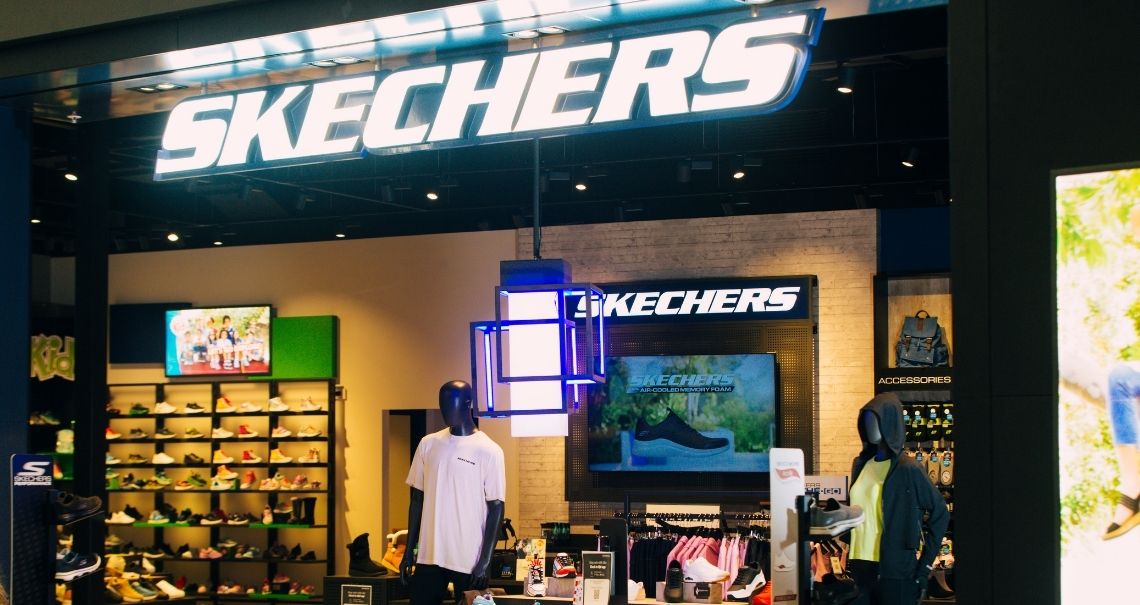
Skechers Yamanto

